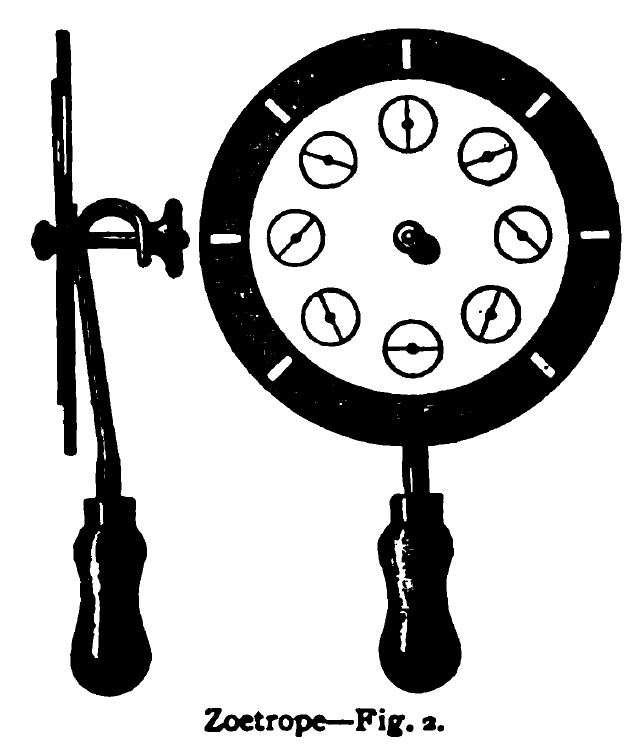Tuesday, April 29, 2014
Mechanical Toys as a Means of Practical Instruction -- April 29, 2014
From Scientific American / New Series, Volume 20, Issue 14, April 3, 1869
He who will introduce toys with the double object of amusing and instructing will be a benefactor to the race. We are aware that many of the popular toys now in use, are based upon mechanical laws, and, in a degree, illustrate mechanical facts; but this elucidation is not a primary or principal object in their construction, and can be found generally, only by a close study or a partial dissection of the toy. It is not apparent to the casual observer; indeed, the object seems to be to conceal the mechanism and exhibit only the result, tempting the inquiring mind -- one that likes to understand the why and wherefore, "that seeks to know where faith should trust" -- to copy the example of the boy who burst the head of his drum to see where the sound came from, or ripped the bellows to find the source of the wind. From the great steam man to the flying top, from Maelzel's automaton chess player to the pasteboard acrobats and dancers, the source of power and its modes of transmission are concealed as much as may be. Yet this is the best, most valuable, most interesting exhibition of the device. Concealment is not knowledge; mystery is not wisdom.
The zoetrope or "wheel of life" is a play upon the organ's vision, a valuable exemplification of the science of optics. As such it is amusing, and bewildering. But how valuable it would be to show the action of machinery, to illustrate mechanical movements. A machine or its parts might, by its use, be presented in actual, or rather apparent motion, showing not only the parts of the machine and their relations, but also their action. Why could not the principle of the zoetrope be extended to exhibit, simultaneously to every individual of a large audience, the movements of machinery? Certainly here is room for invention, or, at least, improvement. This toy might be made a valuable aid to impart scientific and mechanical knowledge. The lecturer who first succeeds in introducing the zoetrope to his class, or audience, to illustrate mechanical movements will inaugurate a profitable and valuable means of imparting knowledge. These suggestions are worthy the attention of our inventors.
The image is from The Young Folk's Cyclopædia of Games and Sports by John Denison Champlin and Arthur Elmore Bostwick, 1890. http://bigvriotsquad.blogspot.com/2014/02/zoetrope-27-february-2014.html
Labels:
pre-cinema,
zoetrope
Subscribe to:
Post Comments (Atom)

No comments:
Post a Comment
Comment moderation is turned on. Your message will appear after it has been reviewed.